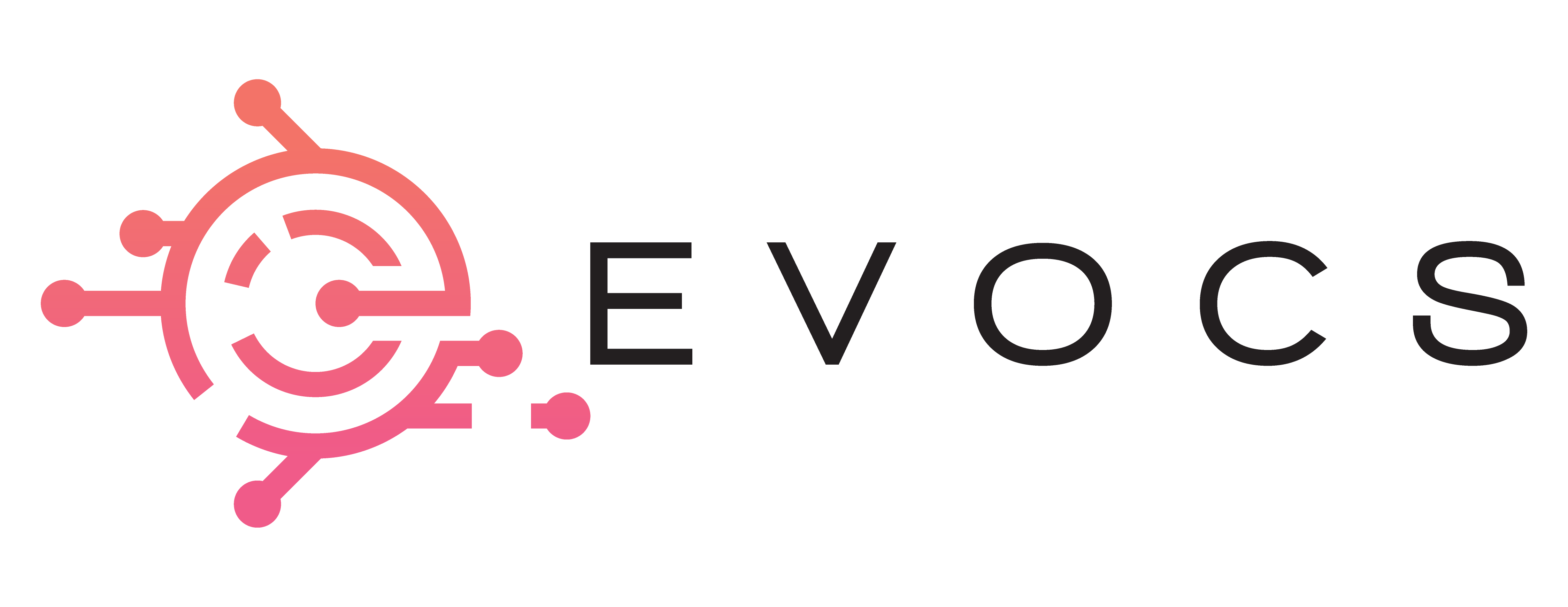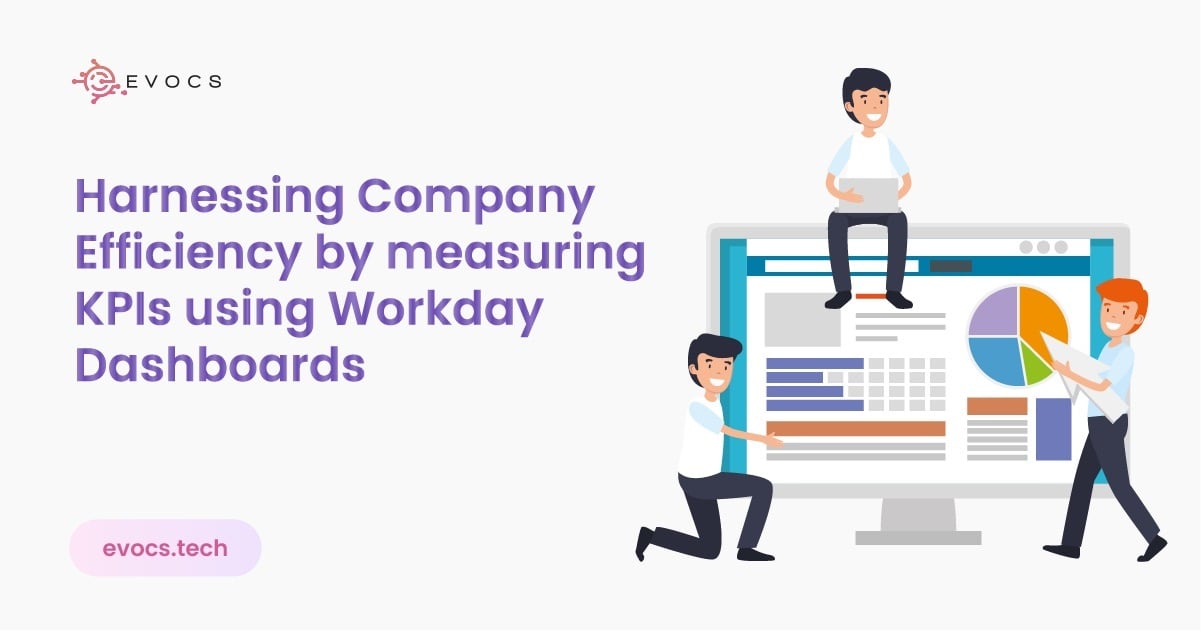Workday Performance Management: Unveiling Its Impact on Company Success
Workday Welcome to the world of performance management! It’s not just another buzzword; it’s a crucial element in any workplace, directly influencing a business’s success. Imagine having the power to fine-tune your team’s performance, adjust goals on the fly, and boost employee growth. That’s what performance management is all about! Have you heard of Workday Performance Management? It’s not just any tool; it’s a star player in the performance management game, offering a wide range of features to make your work life smoother. In this article, we’re not just going to skim the surface; we’re going to dive deep into the evolution of performance management. We’ll explore the inner workings of Workday Performance Management, taking you on a tour of its impressive features. But that’s not all. We’ll also discuss how to bring this tool into your organization, step by step. And most importantly, we’ll uncover the secret sauce—how it can be the key to unlocking your organization’s success. Evolution of Performance Management Traditional approaches to performance management In the past, performance management largely revolved around annual performance reviews and rating scales. These systems often focus on retrospective evaluation and lack ongoing feedback, leading to infrequent and ineffective discussions about performance. For example: You’re an employee eagerly awaiting your annual performance review. Months of hard work have passed, and you’re excited to receive feedback and perhaps a well-deserved raise. However, when the day arrives, you find yourself in a tense, one-way conversation with your manager, discussing events from months ago. The feedback feels disconnected from your daily efforts and doesn’t provide you with actionable insights to improve. Limitations and challenges faced by traditional systems. Traditional performance management systems face several limitations and challenges. The rigid annual review process hindered timely feedback and limited opportunities for improvement. Additionally, these systems often face subjectivity and bias in evaluation, harming fairness, and employee morale. Emergence and benefits of modern performance management systems. Recognizing the shortcomings of traditional methods, modern performance management systems like Workday have emerged to address these challenges. These systems emphasize continuous feedback, goal setting, and development planning. By emphasizing regular performance discussions, organizations can foster a culture of improvement, leading to increased employee engagement and productivity. Understanding Workday Performance Management Overview of Workday Performance Management Workday Performance Management is a comprehensive Workday module that offers many features designed to streamline the performance review process. It provides organizations with a centralized platform to set goals, track progress, and provide continuous feedback. Key features and functionalities Goal Setting: Workday performance management enables organizations to set clear and relevant goals at the individual, team, and organizational levels. Continuous feedback: The platform enables coaching conversations and ongoing feedback, driving real-time growth opportunities. Evaluate performance: Workday performance management makes it easy to evaluate employee performance against established goals and skills. Development plan: Tools to support the development of personalized development plans to help employees improve their skills and abilities. How it differs from traditional systems Unlike traditional systems, Workday Performance Management provides a more dynamic and iterative approach to performance management. It focuses on continuous feedback and ongoing coaching conversations, allowing for regular discussions about performance rather than relying solely on annual reviews. This shift fosters a collaborative, growth-oriented environment where employees feel supported and engaged. Implementing Workday Performance Management Steps involved in implementing Workday Performance Management 1. Planning and Goals Settings: Determine and set the goals on individual and organizational levels, deadlines, and roles of the performance management process. 2. Feedback Configuration: Continuously monitor employees’ progress toward their goals. Provide regular feedback, both positive and constructive, to help them improve. 3. Performance Evaluation: Assess an employee’s performance over a specific period, typically annually or semi-annually, to determine how well they perform using performance review templates. 4. Goals Review and Adjustment: Evaluating the progress made toward achieving the goals that were set for an employee during the previous performance period and making any necessary adjustments. 5. Performance improvement and Development: Identify areas for improvement, provide feedback, create a development plan, offer training and mentoring, and tracking progress. Aligning Performance Management with Organizational Objectives Importance of aligning performance management with company goals Aligning performance management with organizational objectives ensures that employee efforts contribute directly to the success of the company. It provides a clear pathway for employees to understand how their individual goals and performance support broader organizational goals. Strategies for ensuring alignment within the organization. Cascading goals: Establish a clear-tiered goal structure where individual goals align with team goals, further contributing to organizational goals. Regular check-in: Conduct regular performance discussions to discuss goal progress and identify any deviations or challenges. Performance benchmarks: Regularly review and calibrate individual performance to ensure consistency and fairness across the organization. Measuring success in aligning performance management with objectives To measure the success of aligning performance management to goals, organizations can look at metrics such as goal attainment rates, employee satisfaction with clear goals, and employee engagement. relationship between individual performance and organizational performance. By monitoring these metrics, organizations can evaluate the effectiveness of their performance management activities and adjust as necessary. The Role of Leadership in Performance Management How leaders’ involvement impacts performance management. Leaders are the linchpin of effective performance management within any organization. Their proactive involvement not only establishes the very essence of this process but also underscores its paramount significance in the achievement of success. Furthermore, leaders take on multifaceted roles, serving as guides, pillars of support, and stalwarts of accountability throughout the entire performance management continuum. Importance of setting clear expectations and goals. Leaders should clearly communicate their performance expectations and set specific, measurable, achievable, relevant, and time-bound (SMART) goals. Clarity about expectations allows employees to understand what is expected of them and adjust their efforts accordingly. Coaching and feedback as key leadership responsibilities Leaders have a responsibility to provide regular feedback and coaching to their employees. Continuous feedback helps employees grow, improve, and excel in their roles. By providing advice and support, leaders contribute to the development and success of their team members.








